#22 Animation - Be a better Instagrammer/Basics of a 3-Point Lighting Setup
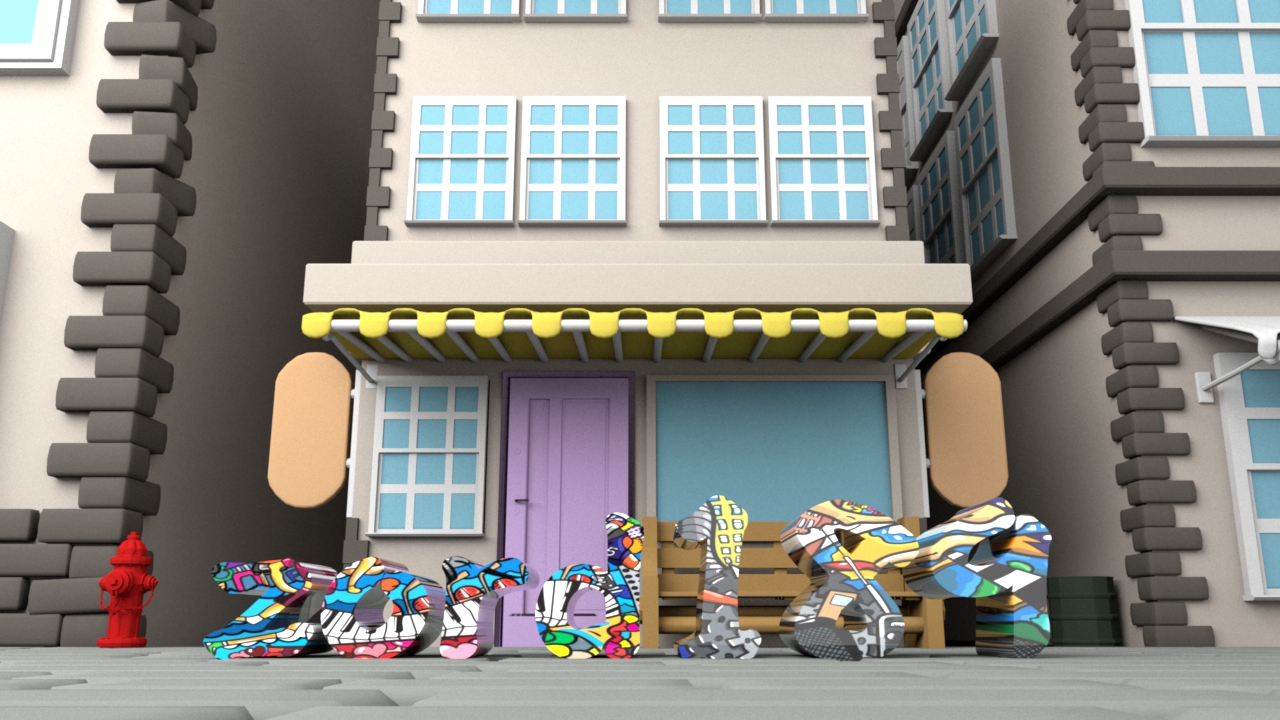
Welcome back to another episode of my animation series. It certainly has been awhile since I've written anything about animation because of the Chinese New Year and my Chinese New Year Series. Also, didn't want to bore you all by just having posts about animation all the time. But it's GOOD TO BE BACK after a short 4-day holiday back to my hometown for my family reunion.
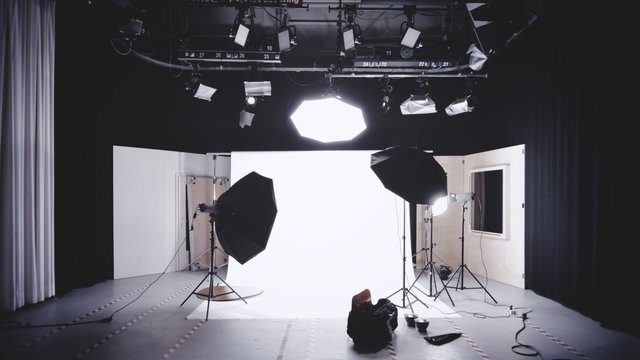
Today I have a very simple yet effective guide/lesson for you that can be quite useful whether you are an animator, photographer or even a person who loves taking insta-worthy photos. This will be a knowledge so easy to learn and apply in many of your photos. What I'm going to show you here is the basic 3-point light setup that is sufficient to take create great images.
Well, not exactly, if you're just a photo enthusiast/instagrammer, you can use this basic knowledge to properly stage your props using the best lighting there is. The sunlight and all the other artificial fluorescent lights around you is good enough to create that better-looking photo.
The Basics of 3-Point Lighting
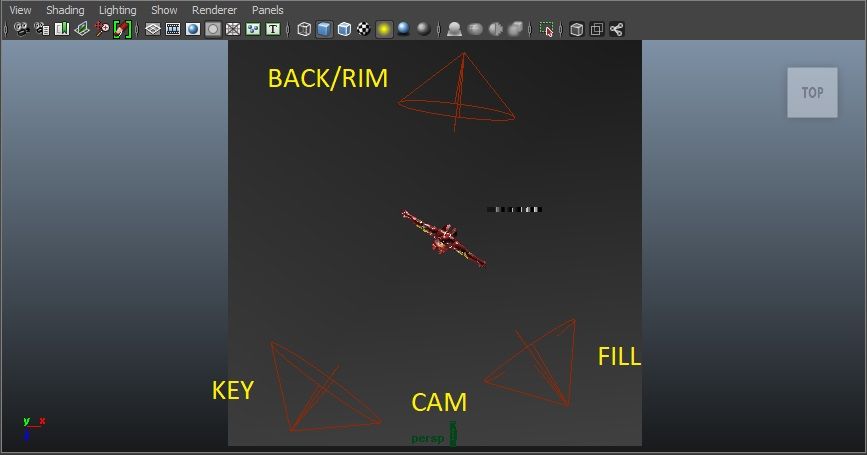
It's going to be a tad bit technical starting here, but bear with me as it will be worthwhile to have this simple knowledge of how to setup your lighting. I kinda dug out my ironman model which I got from 3D model stock site long time ago and decided to use it as the model for the day. Mainly because of its curves and edges.... all it's perfect imperfections... - John Legend.
Well, in a 3-point lighting setup, all you need is Three Lights and you're good to go. These three lights consists of the Key Light, Fill Light, Back/Rim light and they all have their specific role to play.
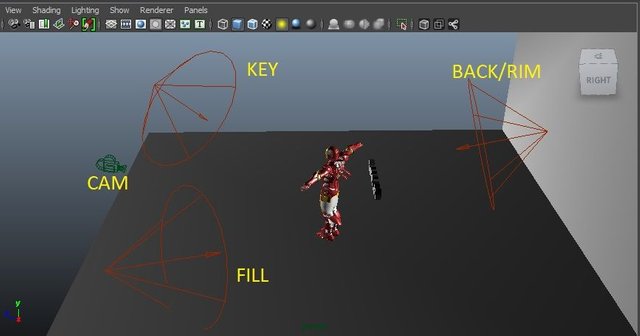
Shortly, I will explain what each light does and it's purpose. But for now, this is how the setup would look like be it in a 3D Rendering setting or in a photography studio when you're taking your family portraits or wedding photos.
The Key Light
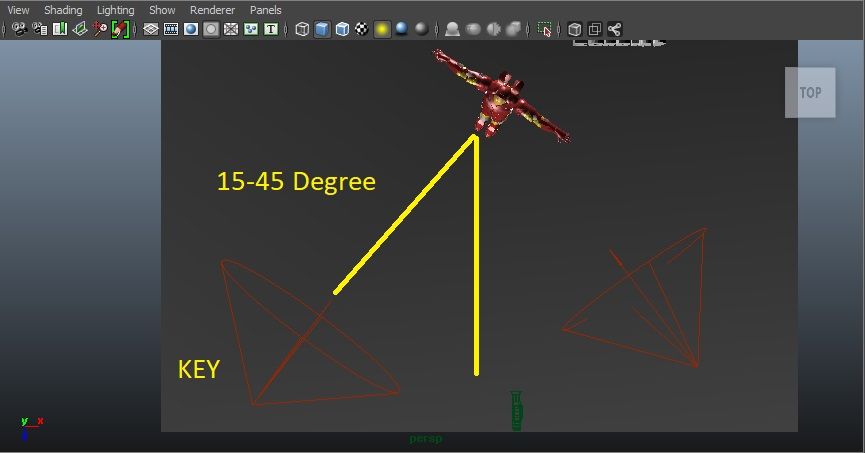
The Key Light is the MOST IMPORTANT light source in this 3-point lighting setup. Why? Because it is the MAIN light that will illuminate your objects. This light will be the most dominant light and will be the one that defines the shadow.
In the real world, your Key Light is the sun, light through the window, strongest light in your room, the moon at night. With that in mind, there is a way to stage your object so you get the best visibility of light.
The Key Light as shown in the photo above is best placed at a 15-45 degree angle left of your camera.


Now, I know you all will be wondering how do you use this knowledge for your photos. Well, It's simple, just make sure your brightest/main light source from the natural surrounding is always 15-45 degree angled from your camera. Remember! Don't have the Key Light coming from behind, or it'll look like this.

Fill/Secondary Light
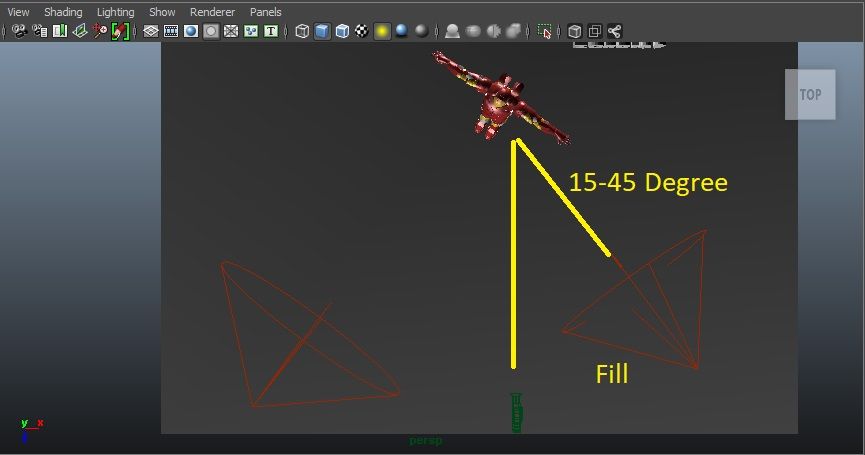
Next would be the Fill Light AKA Secondary Light. This fill light would usually come from other sources of light for example, small lamp and sky. Usually this light would be the light that bounces off your walls and hits your object and giving it a nice smooth/soft and light illumination on your object. This light usually is of softer and lower value but it helps shaping your object by reflecting colours from other objects surrounding on your object.

As shown in the photo above as well, the Fill Light will usually be placed 15-45 degrees opposite of the Key Light. Though, you can add as many Fill Lights for special cases. Just like our surroundings, we have many other small light sources that act as our Fill Light.
Back/Rim Light
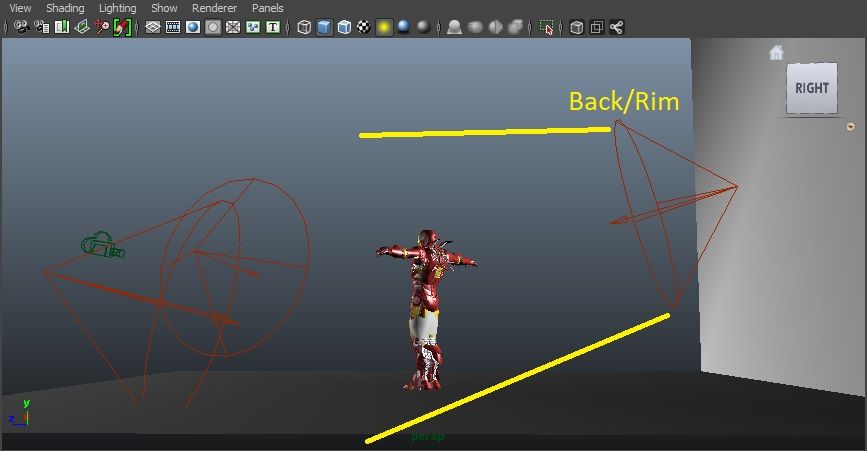
Well, the Back Light is like the cherry on top of for the object. It will create a thin light over the rim of the edges of your object making it more define. Sometimes, there are no backlights so it is still okay to take that photo.

Well, to be honest, you don't really get GREAT backlighting unless if it's artificial lights from a studio setup like this ironman here. But you can also be artsy-fartsy by taking backlight images for your instagram. Like this!
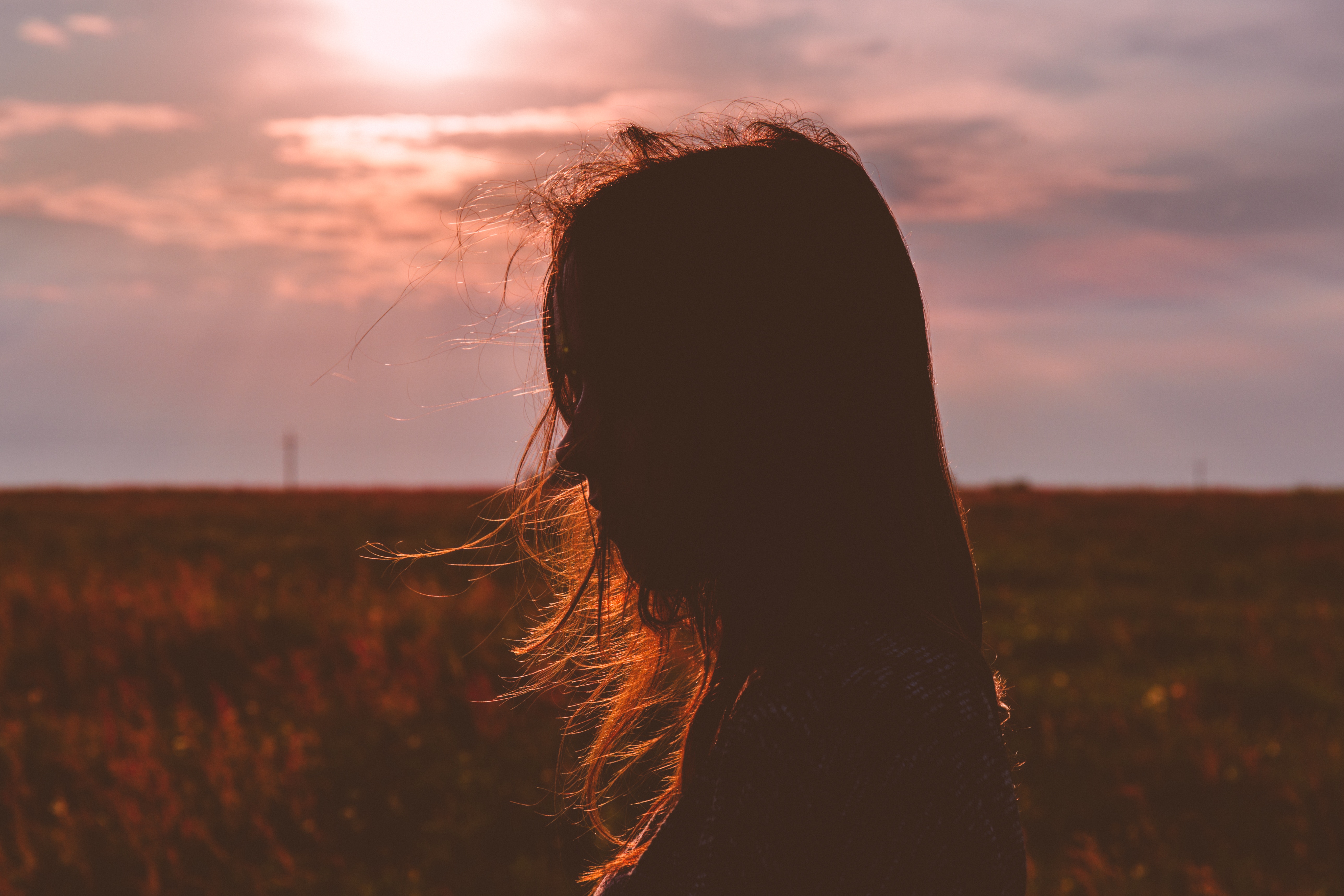
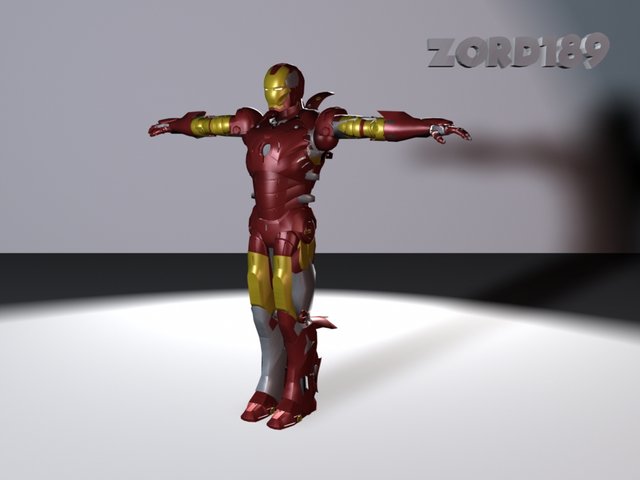
That's about it! Here is the final image with the lightings tweaked a little with orange and blue to represent the sun and sky. I do hope that you've found this simple guide useful. I try to create these images so you can better understand the whole picture. The secret to a good lighting is getting the light source to compensate one another.
Whether you're a professional photographer or an instagrammer, you will need this knowledge wherever you go.
Thank You
If you like what I do, check out my other posts on my artworks, photography & animations.
I'm also open for
Personalized Steemit Profile Banner,logos & GIFs

Credits to @pinstory & @coloringiship for this lovely photo of me.


Great sharing @zord189. Must apply this in my next photography lesson.
Thanks :D
@zord189, thanks for sharing the 3 point lighting system with us. I look forward to implementing the lessons that you taught us.
Ur welcome! :D It's a simple and most basic setup. Easy to apply
This was really useful advice! Someone did mention the 3-light thing, as I do record some videos. However, I find it hard to get this light. Mainly, I only have natural sunlight as the keylight, and no back-light, ever. The photos really portray why one would need all these three lights - the photos really make this post brilliant!
Ohhh, you can try using reflectors or any white piece of board to reflect your key light on your object. It's good to fill in ur dark areas too.
Hey thanks a bunch for this tutorial man. Appreciate it. This is very helpful for me as a beginner photographer. Sempoi. Keep it up!
Thanks! :D Hope easy to understand
nice tips @zord tgis explains further the famous instagram tagline "lighting is key" to good photos 😊
Hahah! And you already take great photos!
hahaha! because I used to "do it for the gram" Now, I do it for steemit 😁
Good sharing dude... Very useful for the beginner...
Thanks :D
Hm. Which means having one reflector is not enough. You pretty much need all 3 sides for a clear shot.
What I learnt for small objects lighting is using a white based reflector (like an art block paper or even mirror) to reflect on darker areas. I learned it during a crash course of a new camera, sony
Ya, reflectors are good to 'fill' in the dark areas so the contrast of the lights won't be too drastic. Good tip there.
Great tips @zord189. I see that I have to invest a little more in my photo set up. Do you feel you need a similar set up for video?
The addition of a fourth light, the background light, makes for a four-point lighting setup.
The background light is placed behind the subject(s), on a high grid, or low to the ground. Unlike the other three lights, which illuminate foreground elements like actors and props, it illuminates background elements, such as walls or outdoor scenery. This technique can be used to eliminate shadows cast by foreground elements onto the background, or to draw more attention to the background. It also helps to off-set the single eye nature of the camera, this means that it helps the camera give depth to the subject, References Wikipedia..
@zord189 is at it again doing what she knows how to do best. Thumbs up girl! You are just too good!